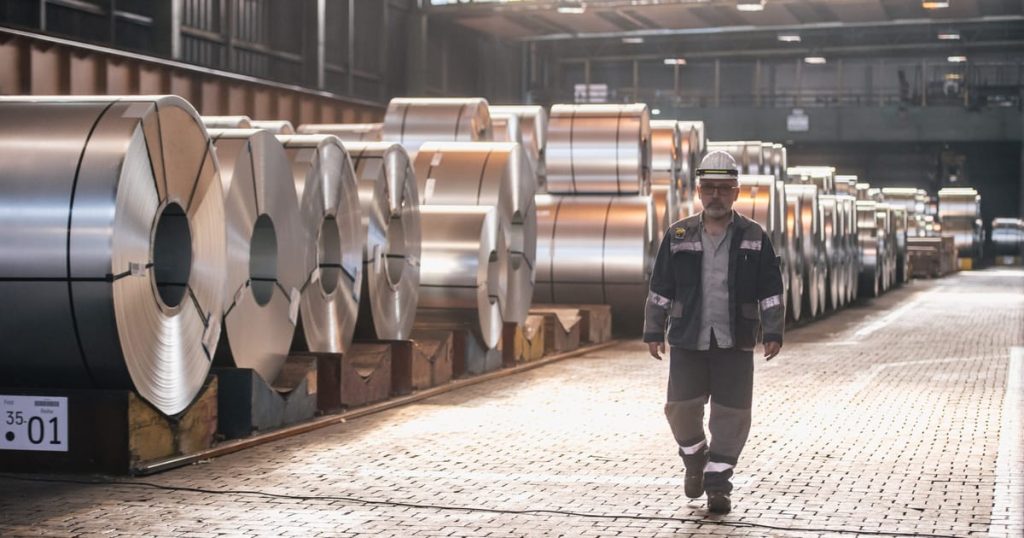The European Commission has unveiled plans to significantly reduce steel import quotas by nearly 50% while simultaneously raising tariffs to 50% on imports exceeding the new limits. This regulatory adjustment aims to shield the EU steel industry from global overcapacity, particularly from subsidized production in countries like China, which has been a major source of pressure on European producers.
Protecting the Domestic Market
EU steel manufacturers have long argued that cheap imports depress prices and threaten local jobs. By reducing quotas and imposing higher tariffs on excess volumes, the Commission intends to create a more balanced competitive environment, ensuring that European steel companies can sustain production levels and profitability.
Implications for Trade Relations
The policy change also aligns with ongoing discussions with the United States to replace current U.S. steel tariffs with a quota-based system, potentially smoothing transatlantic trade relations. Officials suggest that this approach could foster more predictable trading conditions while still protecting domestic industries from unfair competition.
Market Reaction
European steel stocks reacted positively to the announcement, with many companies seeing gains in early trading as investors anticipated improved margins and reduced competition from low-cost imports. However, analysts caution that higher tariffs may raise costs for steel-consuming industries, such as automotive and construction, potentially leading to inflationary pressures.
In summary: The EU’s strategic reduction in steel import quotas and introduction of higher tariffs represents a decisive effort to protect domestic producers while negotiating favorable trade terms with global partners, particularly the United States.


